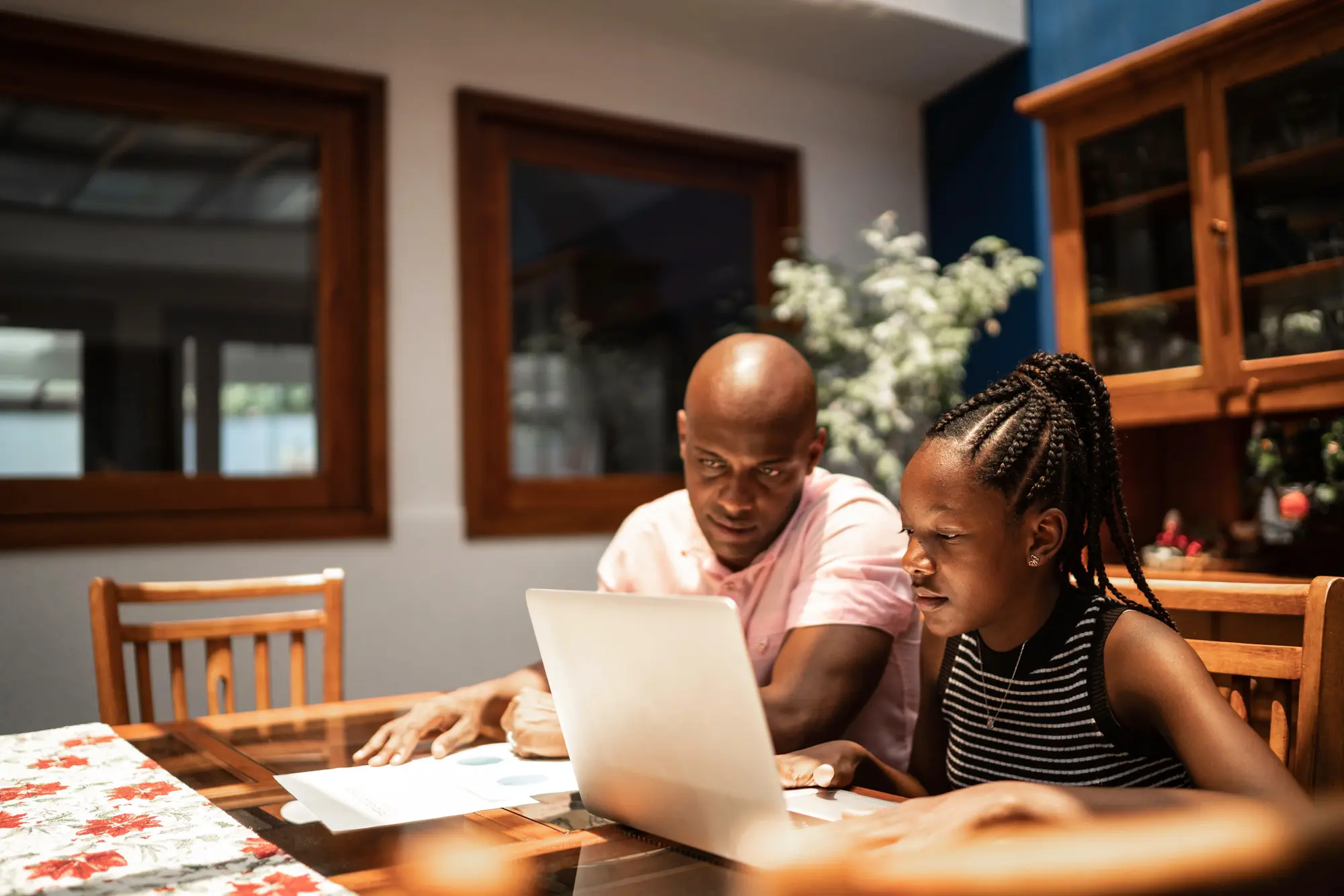Top tips for communication




It’s no surprise that communication skills are important in life and the workplace. Listening is one part of how we communicate, but does your child know how to really listen? This is referred to as active listening and is the focus of this home learning activity, along with other types of communication.
LifeSkills has developed fun activities and short films that highlight different communication styles and how they can be adapted to suit different situations, whether that’s working in a crisis situation as a Paramedic or keeping customers happy as a Barista.
Your child can work through these activities independently using the worksheet provided, or you can work through it together. You don’t need to be an expert, just follow the pointers below.
What is meant by active listening?
Before watching the short film, ask your child how many different types of communication they can think of. These could include listening, presenting, verbal, non-verbal, or digital. Explain that they are all important in both your personal and work life.
Ask your child what they think is meant by active listening. Explain that active listening is being able to take in information and recall it. Active listening takes real practice, and being able to carefully take in what is being said and recall it is a skill.
It means giving 100% focus, maintaining eye contact, checking understanding by asking questions and using non-verbal cues, such as nods or gestures. All these behaviours show the person talking that you’re listening to what they’re saying and taking it in.
Some young people may find active listening easier than others. To put active listening into practice, play our words list game below with your child, reading them out without leaving a gap in between them.
Blue shoes, red ball, green rabbit, blue beetle, green unicorn, orange key, yellow socks, pink paper, green sphere, black plate
How many can they remember?
Now read the words again, but after each one ask your child to repeat it back to you. Once you’ve read them all, ask them how many they can remember now. Can they think of other ways that the information would be easier to recall? For example asking you to speak more slowly, writing things down, or asking you to repeat some of them.
This helps to show them that communication is a two-way process – a clear style of speaking and presenting can make listening and understanding much easier for the other person.
Being an effective communicator
Watch the communication challenge film below, which shows someone working as a Barista using her communication skills to deal with different customers.
Ask your child to identify the different forms of communication Sophie uses for each of her customers. What affect does her communication style have on each customer, and would it be different if she didn’t communicate well?
Getting workplace and face-to-face communication right is difficult, but once mastered the style can easily be adjusted for jobs which use phone, email and video chat communication styles. Explain that your child may need to use more verbal cues to indicate active listening on a phone call, or maintaining eye contact on a video call.
Your child can find more useful information on the LifeSkills Young Person hub on communication here. Please note they need to be 14 or over to register for a free account.


